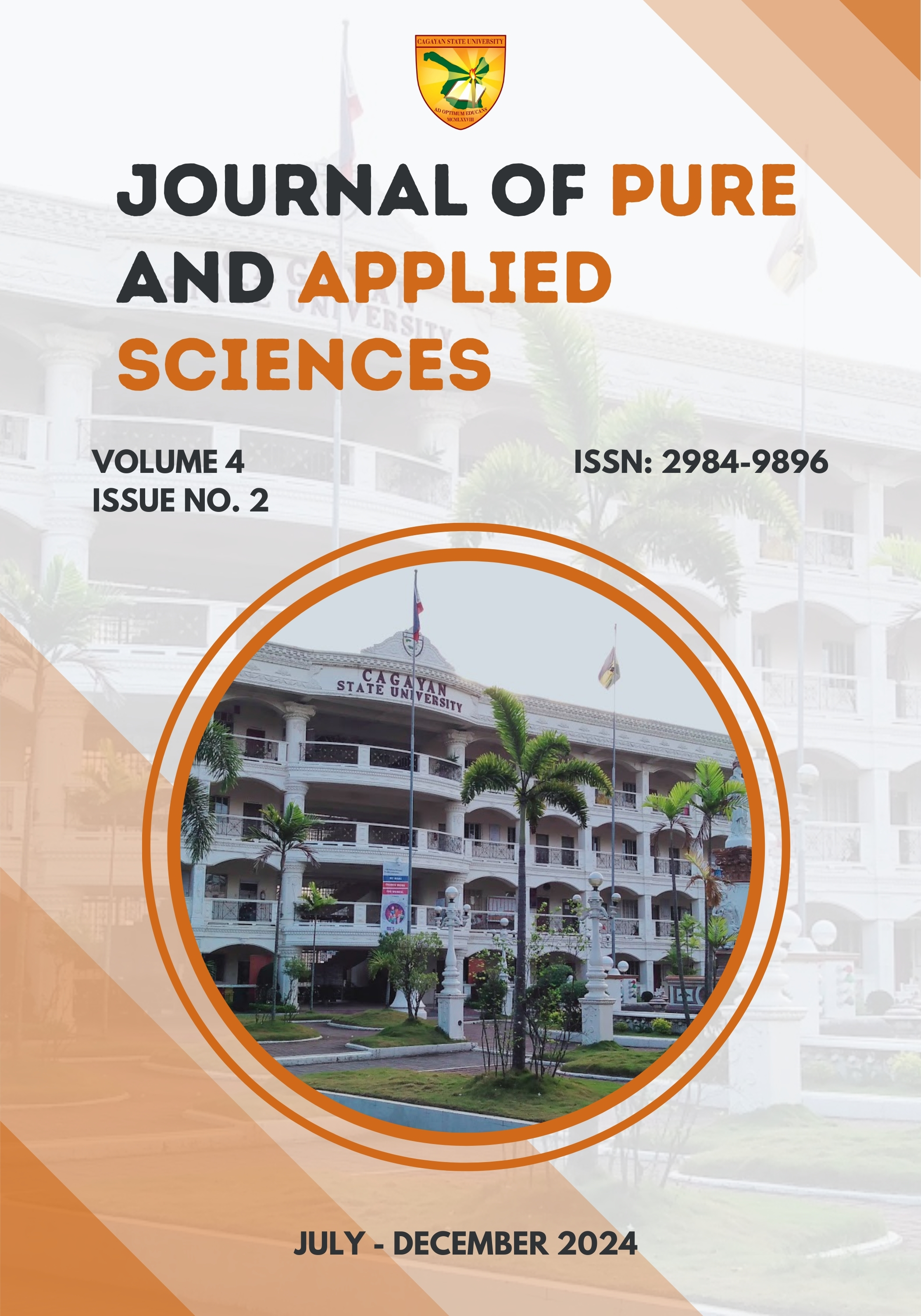Design and Development of a Low-Cost Self-propelled Mechanical Rice Transplanter
Keywords:
Design, Development, Evaluation, Self-Propelled, Mechanical Rice Transplanter, Field Capacity, Planting and Field EfficiencyAbstract
High cost of rice production has challenged the goal to reduce the price of rice because more than 40% of rice production cost is attributed to the labor requirement for manual transplanting which requires 306man-h. To help resolve this challenge, a low-cost mechanical transplanter made of locally available materials using local manufacturing technology was designed, fabricated and tested to evaluate its performance as prescribed by the Philippine National Standard (PNS) for mechanical rice transplanter, such as field capacity, planting efficiency and field efficiency, percent missing hill, percent damaged hill, number of seedlings per hill, depth and fuel consumption. The prototype was tested in a 1000 m2 puddled and levelled field using a 19-day old rice seedlings at an average operating speed of 1.07 km/h. Results revealed that the machine has a field capacity of 0.11 ha h-1 with an average planting efficiency and average field efficiency of 97.4% and 93.98%, respectively, which are higher than the minimum 80% efficiencies required by the PNS. It was observed that average percent missing hills and percent damage hills of the machine is 2.7% and 1%, respectively, which is lower than the maximum 10% missing and damaged hills required by the PNS. The depth of transplanting was 8.5 mm with the average number of seedlings per hill of 5.77. The machine entailed an investment cost of Php 55,261.40; benefit-cost ratio of 1.01, break-even use of 42.02 ha/year, and an ROI of 101.53. Annual net generated income of Php 256,030.16. The projected time needed to recover the cost of the machine based from its field capacity is 0.83 years. The use of machine will lead to a decrease of Php 9,500.00 in the production cost per hectare.

